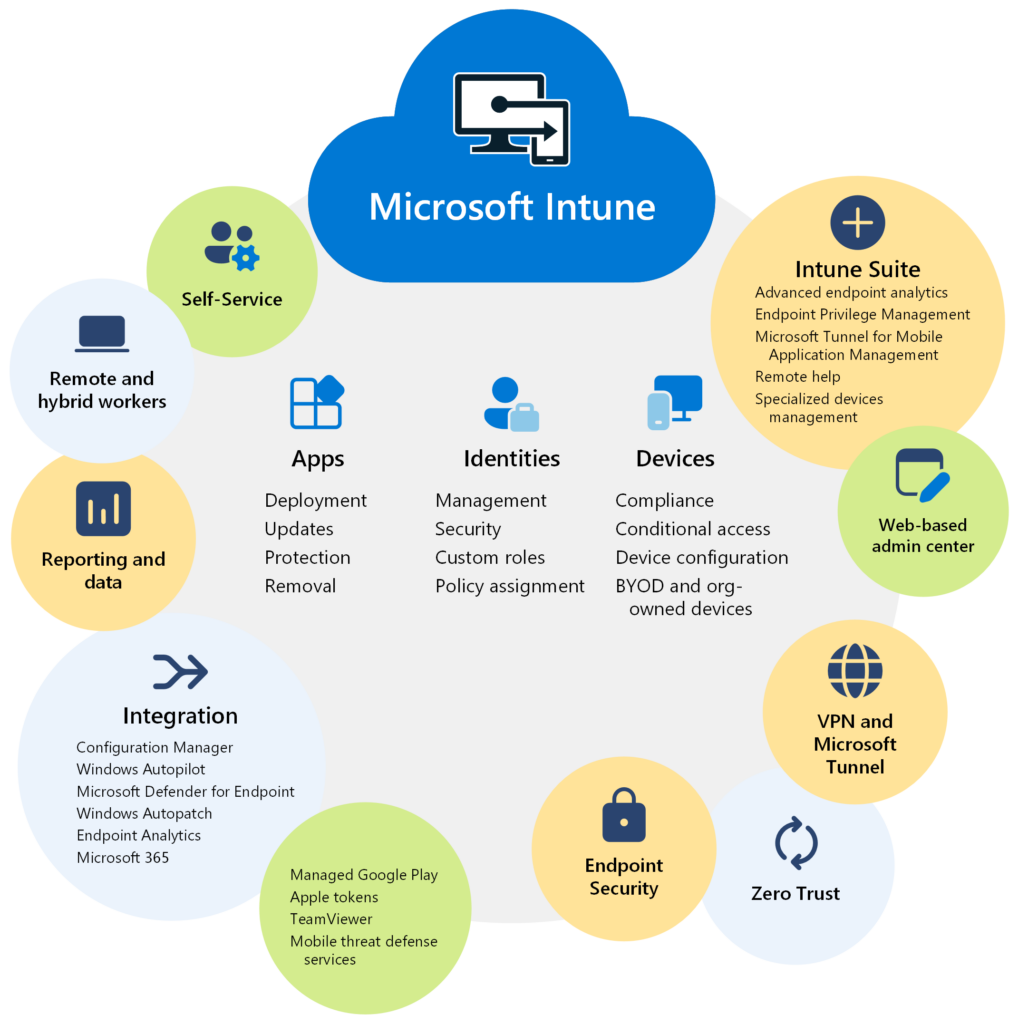September 6, 2022
More than ever, businesses of all sizes are hiring outside vendors to handle IT operations. An integral part of that outsourcing is what’s called an SLA — service-level agreement. It lets the vendor know what’s expected from them service-wise from a metrics standpoint. It also details the consequences — for supplier and vendor — of failing to achieve those metrics.
 There are typically four parts to an SLA. Service level objectives are the core of an SLA and outline the service providers scope of work as well as performance measurement plans. The SLA services list is just that; a list of deliverables or actions the client expects of the provider. The conflict resolution process includes steps that both parties may take to resolve issues in the hopes of reaching a positive outcome. And the final part includes consequences for poor performance, which may include fines and credits.
There are typically four parts to an SLA. Service level objectives are the core of an SLA and outline the service providers scope of work as well as performance measurement plans. The SLA services list is just that; a list of deliverables or actions the client expects of the provider. The conflict resolution process includes steps that both parties may take to resolve issues in the hopes of reaching a positive outcome. And the final part includes consequences for poor performance, which may include fines and credits.
Not all SLAs are created equal
While SLAs are the industry standard, not all are created equally. In order to make sure you get your money’s worth and there’s no confusion regarding expectations on both sides, it’s important that all SLAs include certain KPIs (key performance indicators) — without being overly complex. In other words, they should be simple and straightforward but very specific. And they should ultimately serve a company’s bottom line rather than taxing it.
“Both IT and business users need a way to link back SLA performance to the business values they deliver,” according to Techrepublic. “For example, if split-second transaction times are an integral part of customer service, and the company sees a high abandon rate from online customers because of wait times, then this SLA issue directly impacts revenue. In this case, diligent SLA management is required — from the onset of the contract through service delivery, and the ultimate analysis of effectiveness (and value) of service quality.”
Metrics to monitor
According to CIO.com, metrics to monitor include service availability, defect rates, technical quality, security and business results. Whatever the measurements, they should be easily collected, as few as possible and “motivate the appropriate behavior on behalf of the client and the service provider. Each side of the relationship will attempt to optimize its actions to meet the performance objectives defined by the metrics.”
Mark DiBenedetto, Mindsight’s VP of Sales, says the most important KPI of all is response time. Above all, he explains, “timely support is what the client is buying. Which means that in the case of a down site or a down environment, we’ll be there to support you in X amount of time.” Frequency of patches and updates is something else to consider in your negotiations, he says. Some companies want that sort of work done quarterly, others monthly. Nail those details down at the outset; nothing should be ambiguous or open to interpretation. (Here’s a great rundown of best practices to help guide you.)
Increasing the business value of SLAs
Something else to consider: Because the quality of outsourced IT support is determined on a case-by-case basis and therefore harder to contractually guarantee than something like response time, it’s crucial to do your homework before selecting an IT services provider. Find one that’s respected, with a solid overall track record, and chances are good the SLA process will be smooth, transparent and beneficial to both parties. For CIOs, VPs and IT directors — the key people involved in these negotiations on the client side — that means asking a lot of questions and not settling for vague or half answers.

Until SLAs are widely replaced with, or at least commonly complemented by, a more effective means of guaranteeing service — a move that some experts say is long overdue — there’s no avoiding them. But there are ways to make them better and more valuable.
How SLA’s Protect Your Business
In today’s tech-reliant world, the difference between one hour down and one day down can cost a company dearly. An SLA helps you define when things can “return to normal”, which in turn help you manage internal and external expectations. Giving a specific timeframe creates a far superior customer experience than saying “soon” or “we are unsure”. An SLA also protects your customers from uncertainty and helps solidify the trust between you and your clients.
Because creating value — for your customers and your business— is the name of the game.
Interested in learning more about Mindsight Managed Services, how we approach the SLA process and our track record of delivering upon our promises? Contact us today to learn more.
About Mindsight
Mindsight, a Chicago IT services provider, is an extension of your team. Our culture is built on transparency and trust, and our team is made up of extraordinary people – the kinds of people you would hire. We have one of the largest expert-level engineering teams delivering the full spectrum of IT services and solutions, from cloud to infrastructure, collaboration to contact center. Our customers rely on our thought leadership, responsiveness, and dedication to solving their toughest technology challenges.



